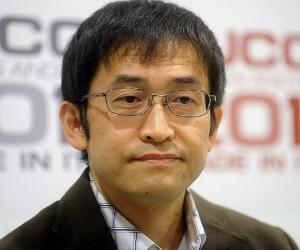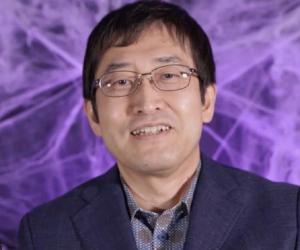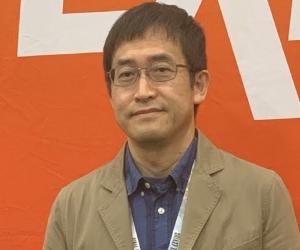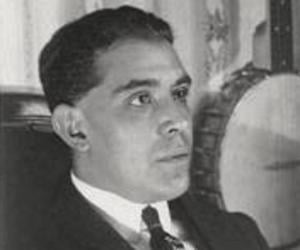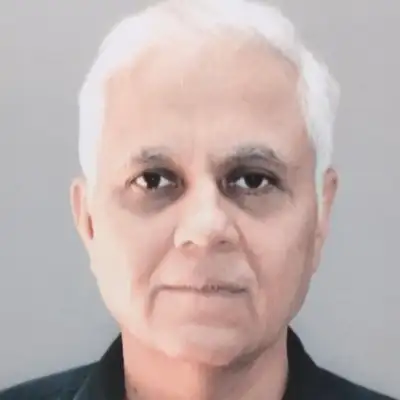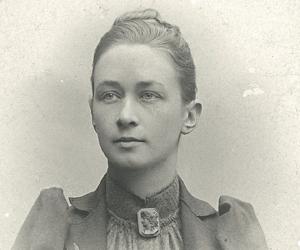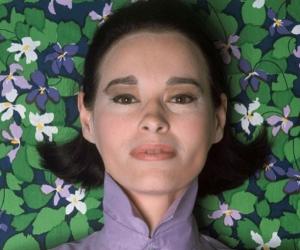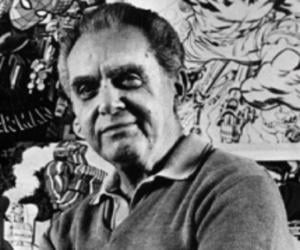Born In: Gifu, Japan
Junji Ito
Junji Ito is a Japanese horror manga artist, best known for his characters 'Tomie,' 'Uzumaki,' and 'Gyo.' His characters are inspired by his childhood experiences. For instance, 'Tomie,' the immortal girl, was inspired by his classmate who had tragically died, while 'Gyo' was inspired by the war stories his parents had told him. Ito's career began when a popular magazine picked up 'Tomie' as a feature series. Subsequently, the character was adapted into a series of films. The role also earned Ito the first award of his career. Some of his other notable works are 'Itou Junji Kyoufu Manga Collection,' a series of stories titled 'Souichi's Journal of Delights,' and a satire on his real life, 'Junji Ito's Cat Diary: Yon & Mu.' His horror stories are known for their detailing and dramatic sound effects that make them scarier to read.
